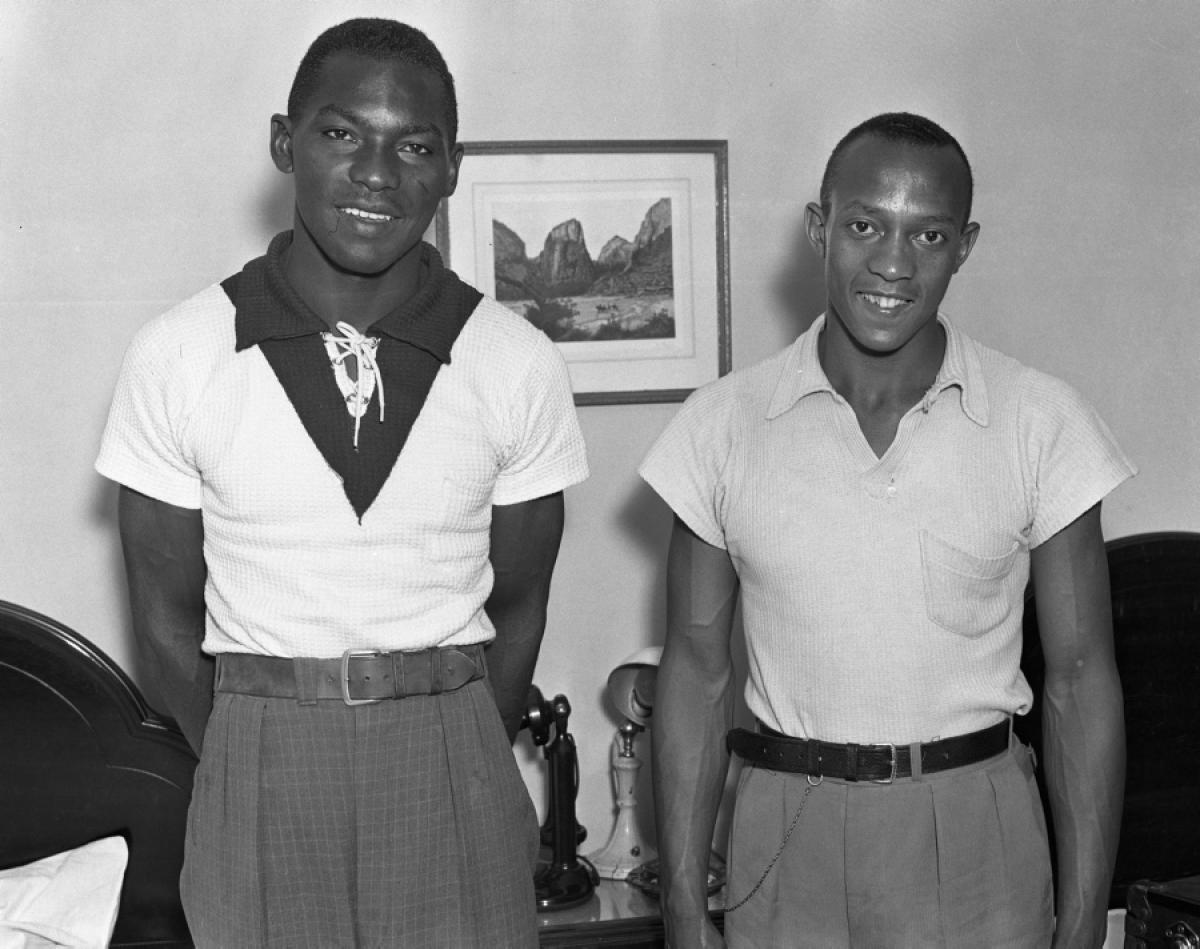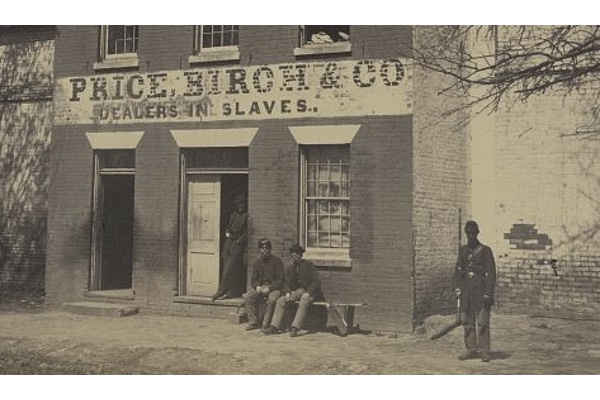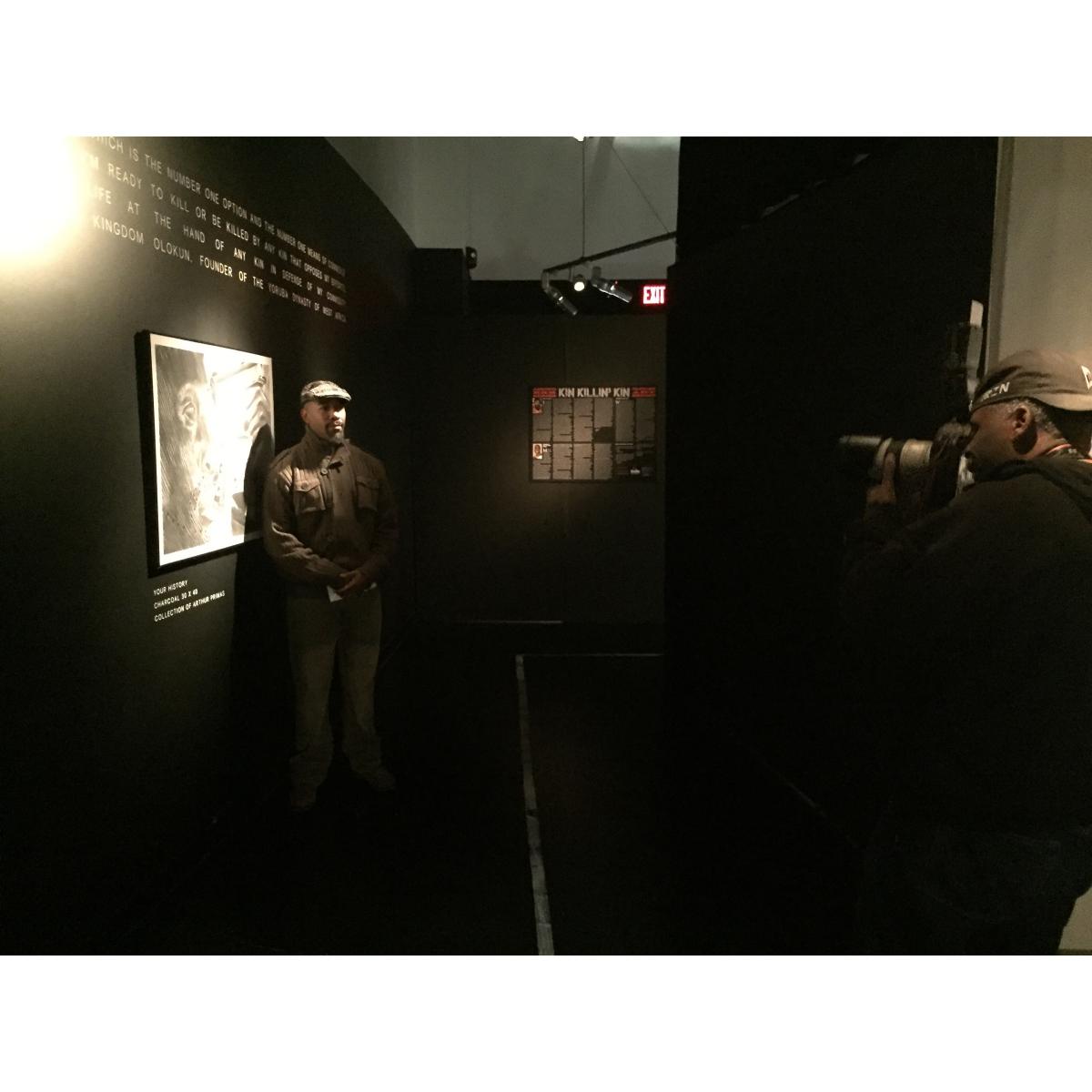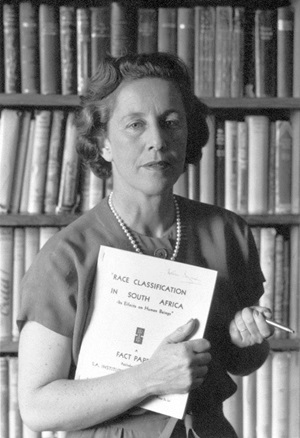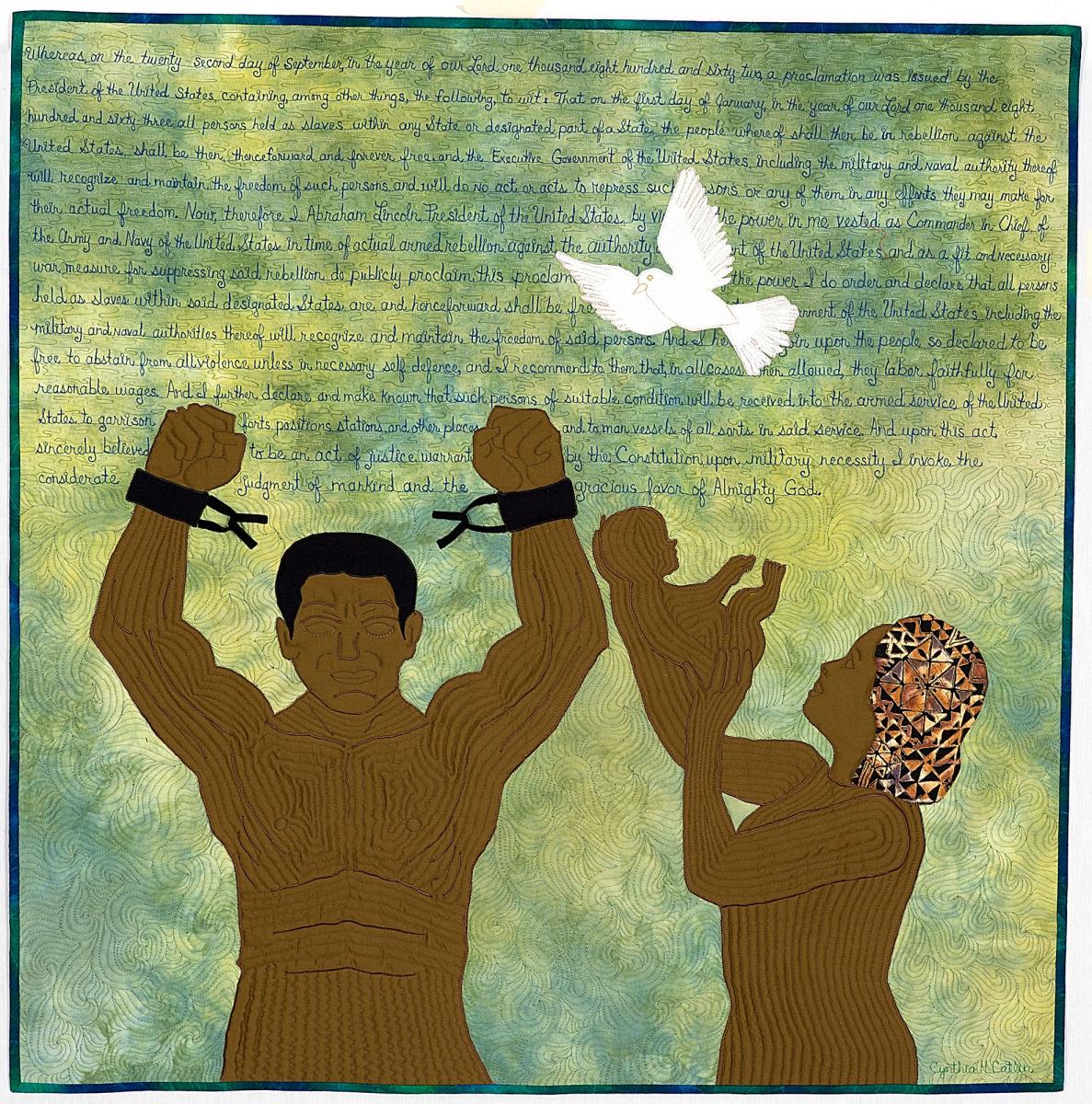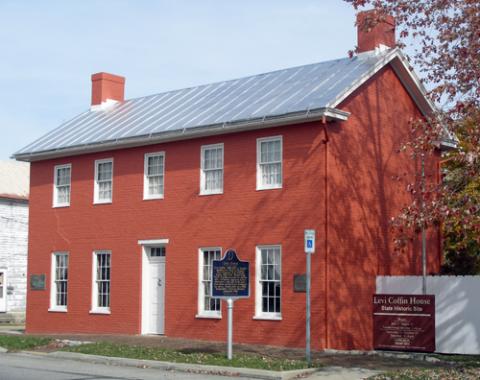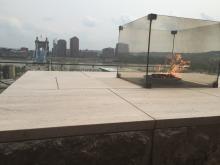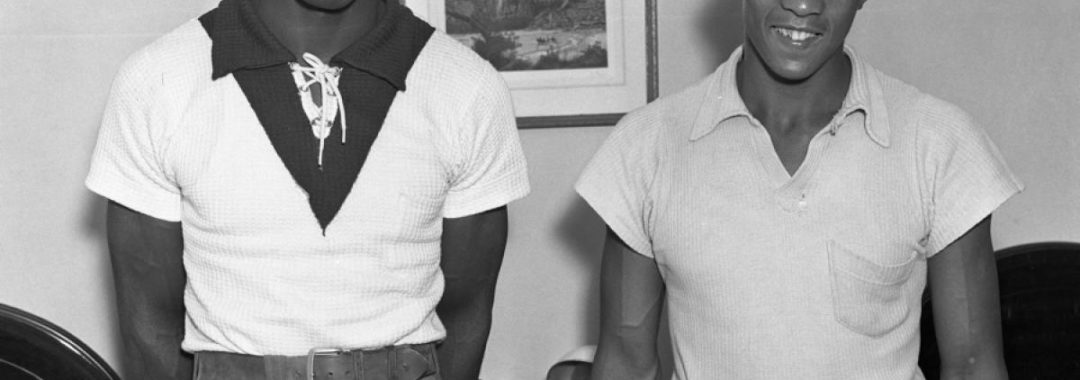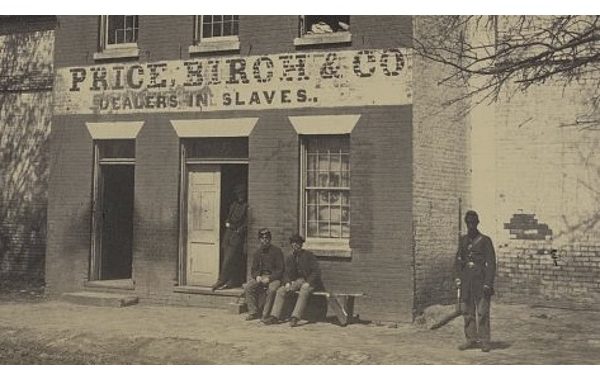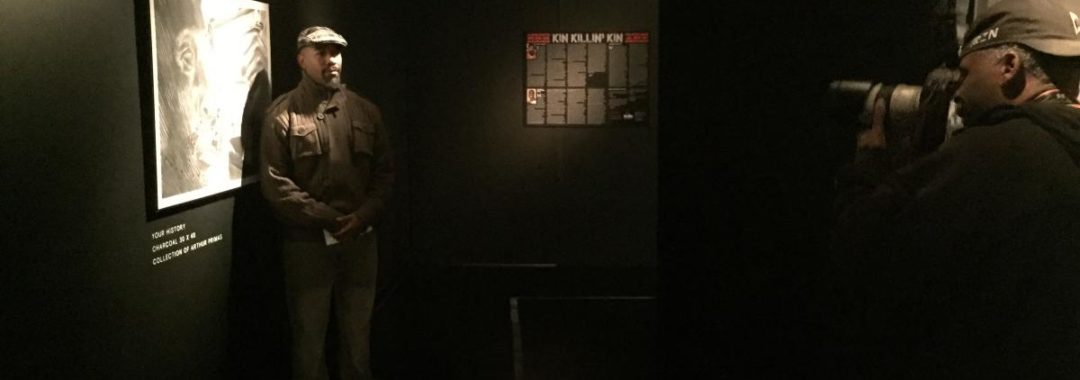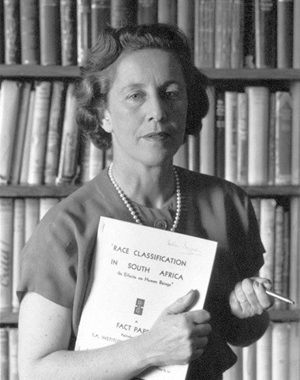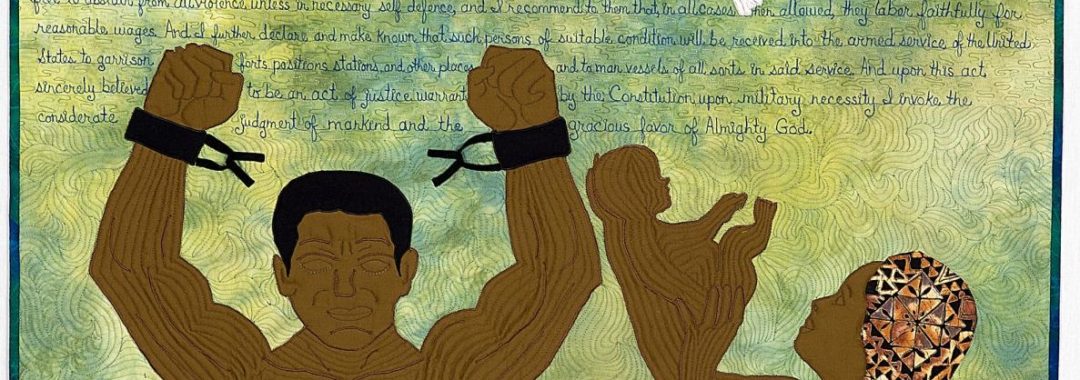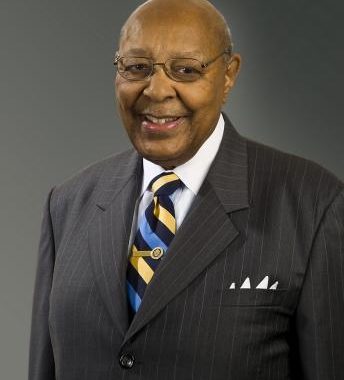In the documentary, the film follows the lives and careers of the brave Olympians, including that of Alabama- born and Ohio- raised David Albritton. Albritton set the World Record in the high jump with fellow United States Olympic Team member Cornelius Johnson at the 1936 Olympic Trails. Both Johnson and Albritton were the first African Americans to hold a world record in the event.
Albritton was born in Danville, Alabama and raised in Cleveland, Ohio, where he met his future Olympic teammate Jesse Owens at Cleveland’s East Technical School. Both would go on to attend the Ohio State University, where they enjoyed academic and athletic success despite the extreme racism and discrimination they faced, restricting them and other African American teammates to ordering carry-out or eating at blacks-only restaurants and staying in blacks-only hotels while traveling with the team.
Albritton would go on to win the silver medal in the high jump in Berlin, with a leap of six feet, six and three-quarters inches. Following the Olympics, Albritton returned Columbus, Ohio where he won two additional NCAA titles in the high jump category, in 1937 and 1938. While he was a student at OSU, Albritton received a working scholarship as a page in the Ohio House of Representatives and the Ohio Senate that would later inspire his run for the House in 1960, where he served six terms in the General Assembly. While in the house, Albritton served on the Education, Insurance, and Taxation Committees and in 1969, he became the first African American to chair a House committee.
Following his graduation from the Ohio State University in 1938, Albritton began working as an industrial arts teacher at Dunbar High School in Dayton, OH. During his tenure at Dunbar, Albritton coached track and field where he led his teams to three state titles. Albritton was an entrepreneur and businessman who operated an insurance business for more than thirty years.
In addition to his contributions to civil service and the business community, Albritton served as a trustee of Wright State University where he successfully campaignedto have a street named after Olympic track star Edwin Moses. Albritton's achievements in athletics were recognized when he was inducted into the National Track and Field Hall of Fame in 1980, the Ohio State Athletic Hall of Fame in 1978, and the Ohio Sport Hall of Fame. Click here to watch the full trailer for Olympic Pride, American Prejudice.
Want the latest on upcoming special exhibitions, events and programs? Follow us on Twitter and Instagram, @FreedomCenter and on Facebook, for more historical posts and images.
Assia Johnson, Public Relations and Social Media Coordinator
